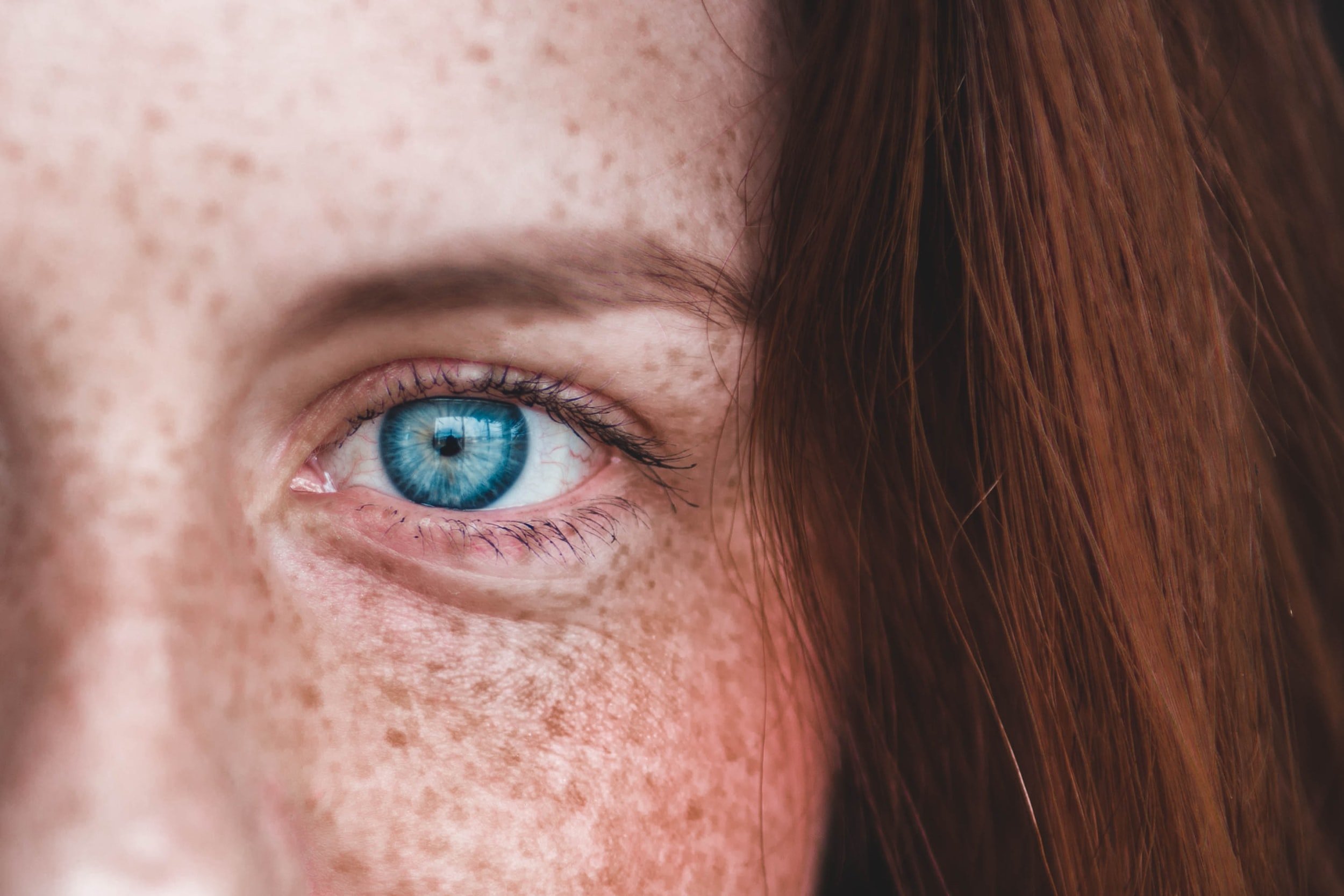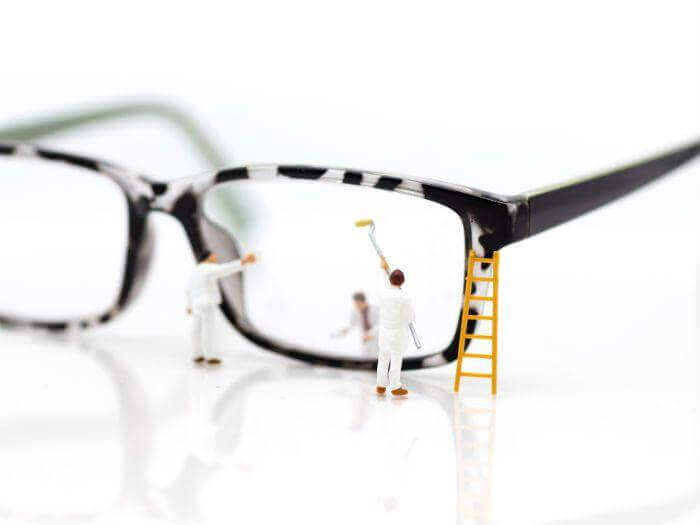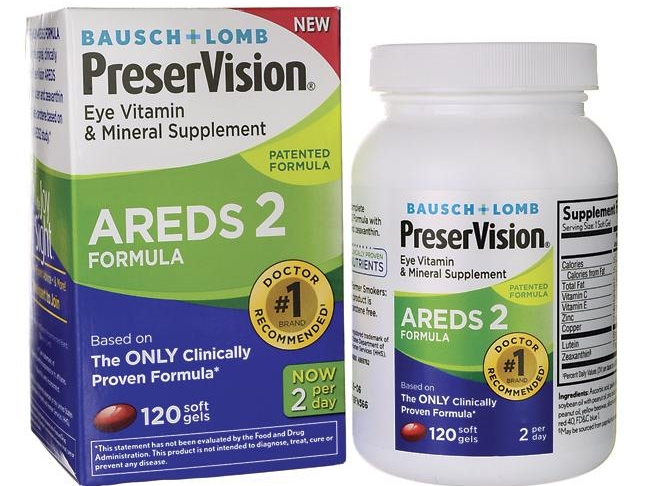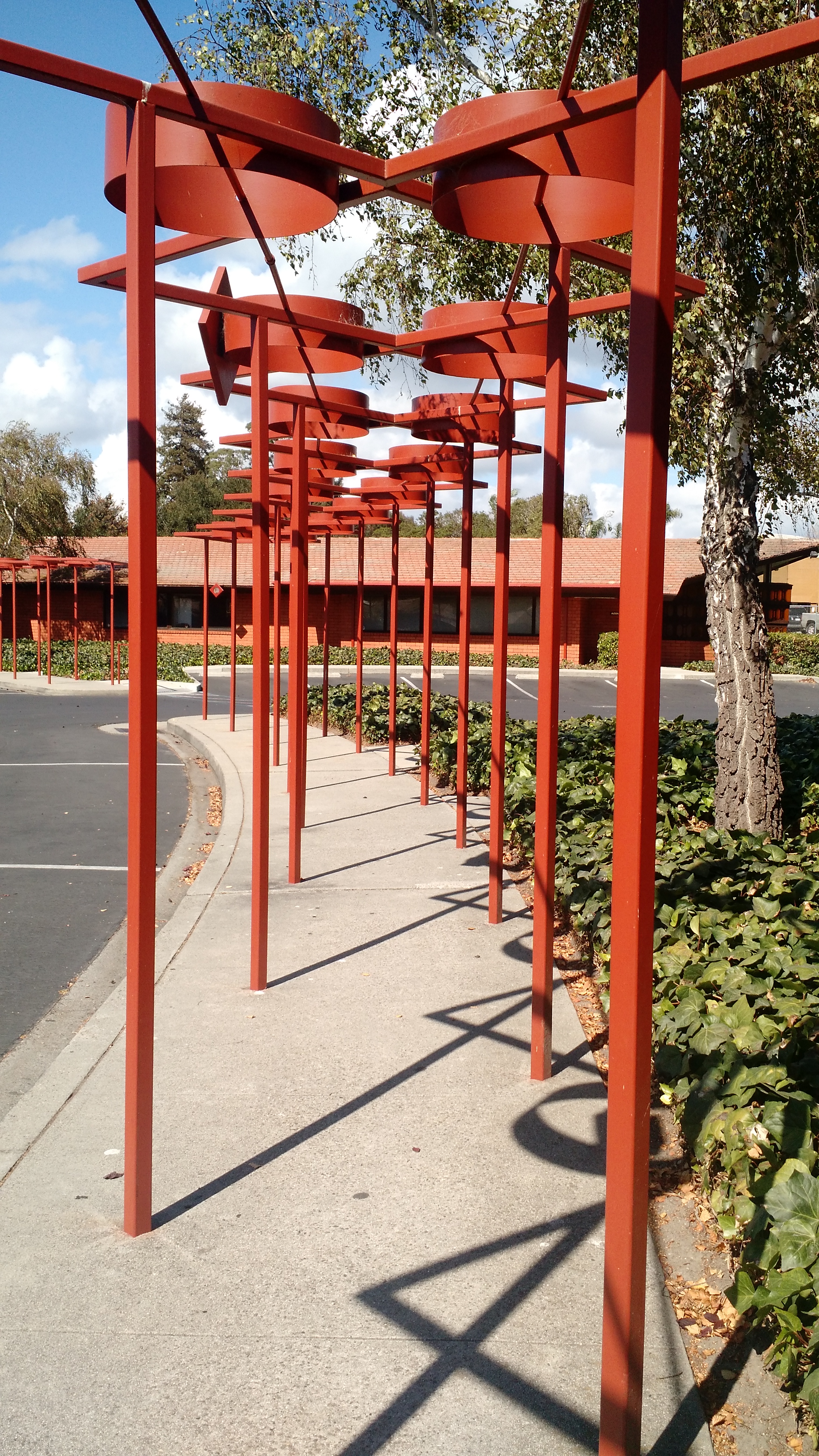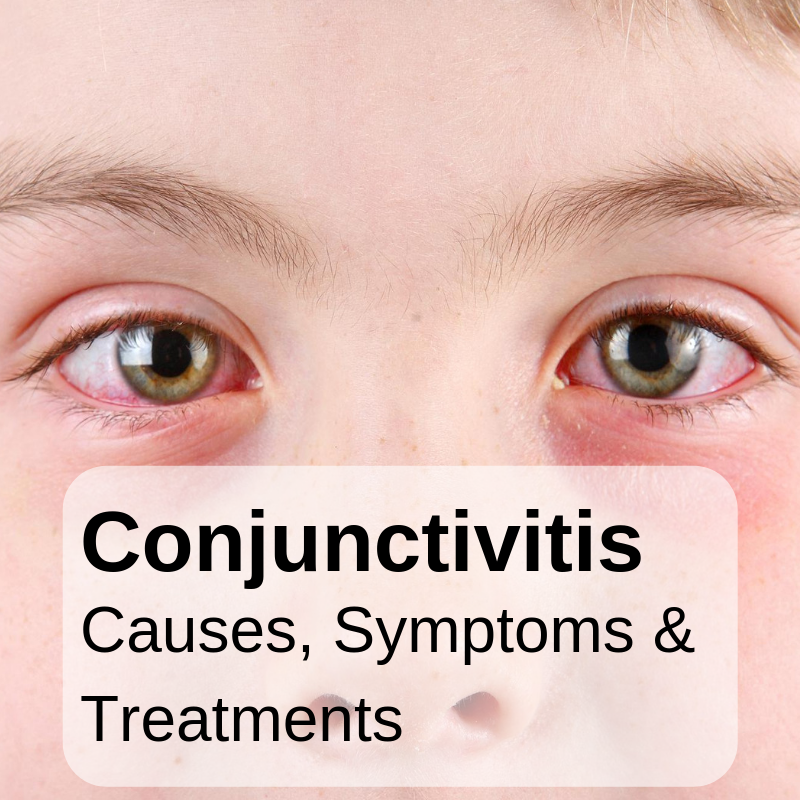Ultraviolet Light and How it Affects Your Eyes
/Most of you probably know about harmful ultraviolet (UV) light and how it affects us on a day to day basis. After all, it’s why we bother putting on sunscreen at the beach or on a particularly sunny day before heading out. Although we know how dangerous UV light is for our skin, not many people realize our eyes are just as susceptible to harmful side effects from UV light. A recent research showed that over 1/3 of the adult population has experienced symptoms associated with prolonged UV exposure, such as red or swollen eyes, eye irritation, and even impacted vision.
Protecting your eyes from UV light is therefore just as important as protecting your skin. For people who work outdoors or spend a good portion of their day outside, it’s doubly important as they’re exposed to that much more UV light. Thankfully, there are things you can do to shield your eyes from UV light, and here’s everything you need to know to maintain healthy eyesight for many years to come.
What exactly is UV?
Before we tell you how you can protect your eyes from UV, you have to understand what UV is. The sun emits several different types of UV radiation, and although many don’t raise any cause for concern, two specific types are widely considered to be the culprit for most UV-related eye problems. UVA and UVB are the UV rays in question. Because our atmosphere doesn’t completely filter out or block these harmful UV rays, when they reach the surface of the Earth they still pose a dangerous threat.
How harmful UVA and UVB are depend on your geographical location, your altitude, and the time of day. Typically, as a general rule of thumb, the rays are most potent near the equator, at a higher altitude, and from 10 a.m. to 2 p.m. Dozens of other factors contribute to how strong the UV rays are, such as but not limited to your environment (reflective surfaces), sand, snow, etc.
A lot of people think that summer poses the greatest threat when it comes to UV rays, but the truth of the matter is that UV rays are omnipresent regardless of seasons or seasonal changes. In fact, because snow is reflective, winter can be twice as dangerous for your eyes as summer. We tend to wear long, layered clothes during winter, so our skin isn’t as affected as it would be during summer, but our eyes are at major risk.
How do UV rays impact our eyes specifically?
We often say that exposure to sunlight is a good thing, and it generally is. But, as we all know, too much of anything can make you sick. You can even overdose on water if you drink enough of it. Dangerous UV rays are responsible for several eye conditions, some more severe than others.
Cataracts
According to the World Health Organization (WHO) around 20% of all recorded cataract cases can be attributed to UV radiation and are preventable with the right precautionary measures.
Macular degeneration
Age-related macular degeneration, or AMD for short, is the number one cause of blindness in people over 60, but lots of studies point out that high UV exposure from a younger age can contribute to AMD greatly.
Photokreatitis
You may have heard of Photokreatitis under its different name, snow blindness. It’s essentially a sunburn in your cornea and it can cause temporary vision loss, but it’s also an inflammatory state which can cause irritation or pain in the eye.
Cancer
By far and away the most dangerous condition related to eye health. According to the Skin Cancer Foundation, over one-tenth of all skin cancer conditions can be located on the eyelid. UVB rays are the most common culprit responsible for eyelid tumors, but in addition to cancer surrounding the eye, around 3,000 cases of intraocular cancer are documented each year in the U.S. alone.
Protecting your eyes from UV rays
An easy analogy we like to give is that sunglasses are to your eyes what sunscreen is to your skin. When you present it like that, even kids quickly realize the importance of good UV-blocking sunglasses. Because not all sunglasses are created equally or serve the same purpose, to fully protect yourself from UV rays, you want to find a decent pair of sunglasses which block 100% of all UV rays.
Don’t be fooled into thinking that certain lens colors filter out UV rays better than others. The color of your lens has no impact on their ability to filter out UV rays. Their UV rating does, however. As long as you get glasses with built-in UV protection, you can choose a lens to your heart’s desire, whether that’s amber, brown, blue, or even green.
Weirdly, despite the fact that lens color doesn’t affect UV protection, the shape of the frame does. Glasses with a wraparound-style frame offer better protection because fewer rays can get in through the sides.
The role of contact lenses
Sunglasses never filter out 100% of the harmful UV rays from reaching your eyes. Direct and reflected sunlight can still reach your eyes from the top and bottom of your glasses, and a recent study found out that a staggering 45% of all UV light still manages to sneak in and affect your eyes. This is where contact lenses come in.
Because they completely wrap around your eye and don’t allow unfiltered sunrays to come in, special UV-blocking contact lenses greatly reduce the amount of damage the sun does to your eyes. Modern contact lenses which block over 90% of all UVA and over 99% of all UVB are the single-best investment you can make for protecting your eyesight and maintaining eye health for many years to come.
Midtown Optometry offers a wide variety of UV-shielding sunglasses and contact lenses at affordable prices. Don’t wait to shield your eyes from harmful UV rays before it’s too late. Get in touch with us today and find out how you can take action right now.





